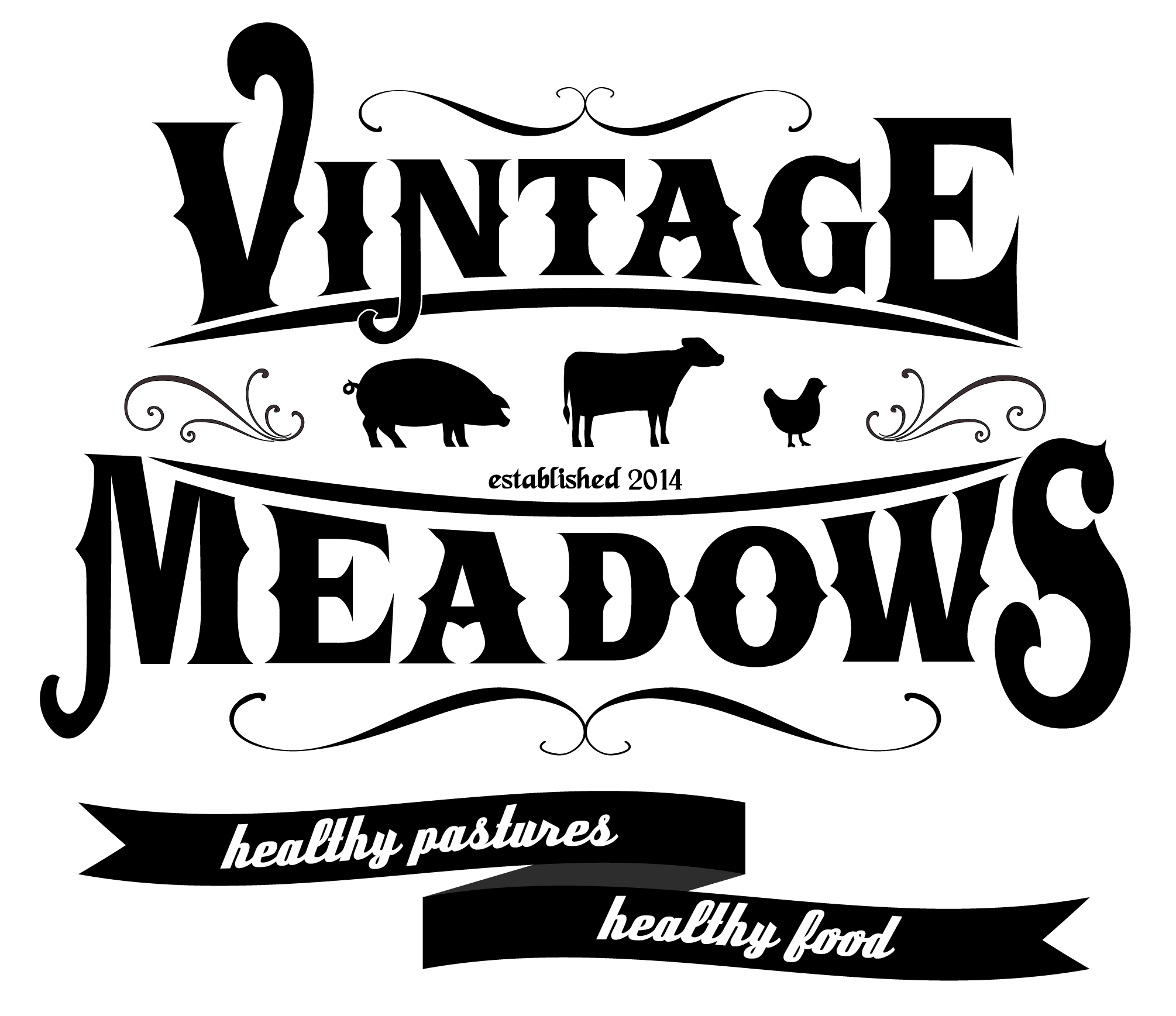Why do we eat Turkey at Thanksgiving?
Wild turkeys roam many parts of the United States, their population being in the millions. Turkeys are strongly associated with Thanksgiving and Christmas; there’s not many other times during the year that families cook and eat a whole turkey. But why the seasonal obsession with turkeys? (My brother wonders, why not steak?) Whether you were born and raised in America or have recently relocated to the country, you may have wondered what the big deal is about turkey at Thanksgiving.
Events of thanksgiving around harvest time were common throughout the 17th, 18th, and 19th centuries. After a summer spent tending fields and livestock and then the back-breaking work of the autumn harvest, settlers in America brought the tradition of European harvest festivals with them, celebrating the end of the harvest labor and rejoicing in the bounty of the land. In fact, only a single letter from a Plymouth colony settler (circa 1621) gives evidence of the “first Thanksgiving,” of the famous meal shared between the colony and the Wampanoag people. However, given the time period and the geographical location, it is more likely that the settlers and Wampanoag people ate geese, ducks, and deer rather than turkeys.
As the 1800s began, turkeys rose in popularity as a holiday meal, the reasons being that turkeys were quite numerous, they were typically raised solely for meat, and one bird was large enough to feed an entire family. The Encyclopaedia Britannica says, “While live cows and hens were useful as long as they were producing milk and eggs, respectively, turkeys were generally raised only for their meat and thus could be readily killed.” However, “turkey” and “Thanksgiving” were not synonymous yet. So what pushed Americans to associate turkey with Thanksgiving?
We can credit American authors Charles Dickens and Sarah Josepha Hale for this. Both authors included descriptions of turkeys at holiday meals in their books. Hale went a step further and petitioned President Lincoln himself to make Thanksgiving to be a national holiday, an anti-war effort as the American Civil War raged. Ultimately, in 1863 President Lincoln declared Thanksgiving to be a national holiday, taking place on the fourth Thursday of every November. In his proclamation, President Lincoln pondered a few of America’s blessings in the midst of the Civil War’s horrors, saying,
“No human counsel hath devised nor hath any mortal hand worked out these great things. They are the gracious gifts of the Most High God, who, while dealing with us in anger for our sins, hath nevertheless remembered mercy. It has seemed to me fit and proper that they should be solemnly, reverently and gratefully acknowledged as with one heart and one voice by the whole American People.”
While many states already celebrated Thanksgiving-like holidays, Lincoln’s proclamation made it nationally official. In response to this, Americans dug into the lore behind the holiday of Thanksgiving, popularizing the story of the “first Thanksgiving,” the harmony displayed between the Plymouth colonists and the Wampanoag people, and the turkeys they supposedly ate.
Today, we eat turkeys for many of the same reasons they did in 1863. They are plentiful, large, affordable, and traditional. There’s something special behind engaging in American Thanksgiving traditions, but also incorporating other cultures’ traditions of celebrating gratitude into the fabric of American culture. Traditions are meaningful, but true meaning is found when families and friends come together in harmony, creating new traditions like the European settlers and the Wampanoag people all the way back in 1621.
References
Colburn, Rebekah. “Thanksgiving Proclamation by Abraham Lincoln.” Rebekah Colburn, 24 Nov. 2015, https://www.rebekahcolburn.com/blog/thanksgiving-proclamation-by-abraham-lincoln
Cunningham, John M.. "Why Do We Eat Turkey on Thanksgiving?". Encyclopedia Britannica, 24 Nov. 2020, https://www.britannica.com/story/why-do-we-eat-turkey-on-thanksgiving. Accessed 14 November 2023.


